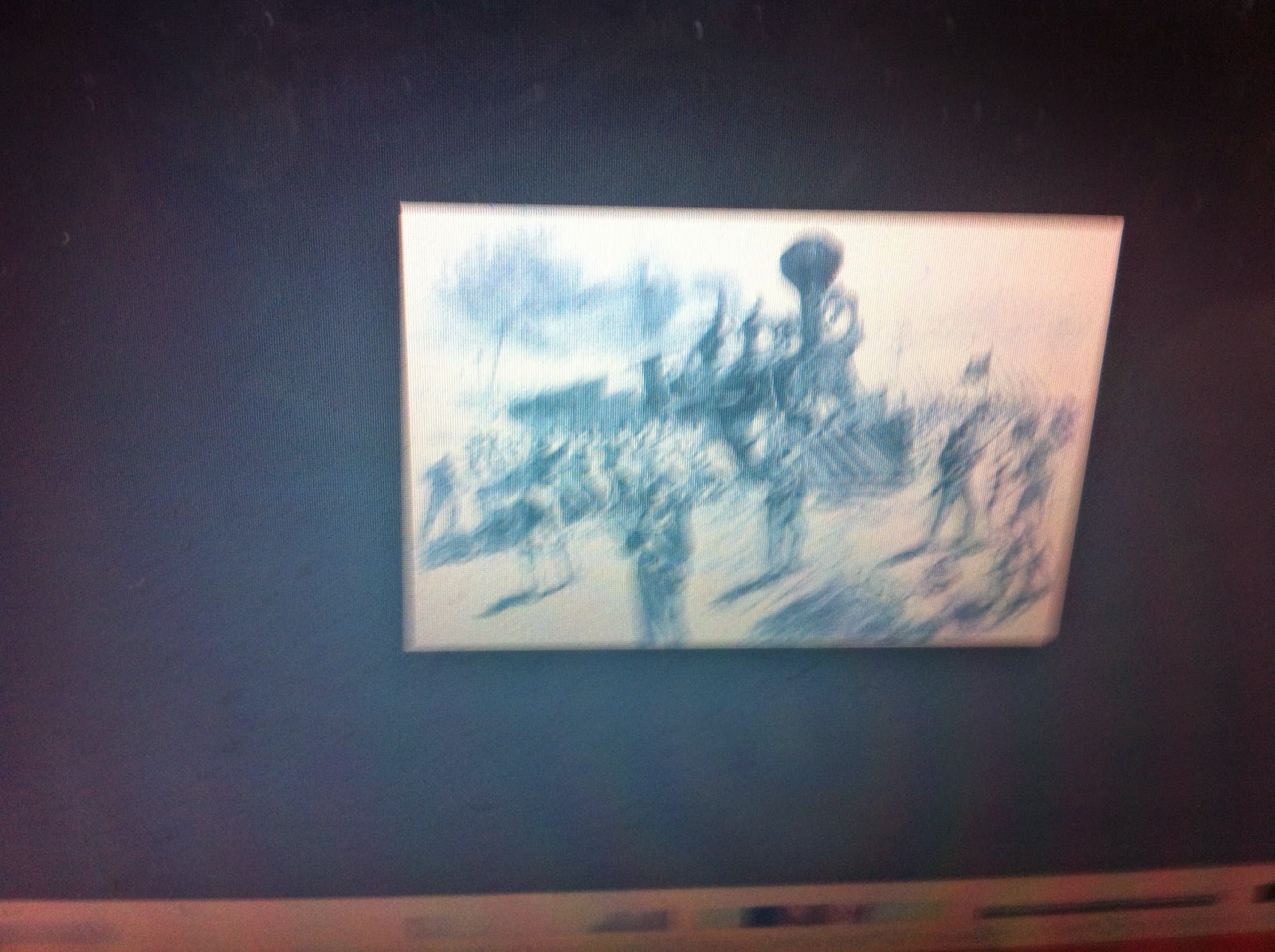BLACK SOCIAL HISTORY Brotherhoods of Color: Black Railroad Workers and the Struggle for Equality (review)
In lieu of an abstract, here is a brief excerpt of the content:
Brotherhoods of Color: Black Railroad Workers and the Struggle for Equality. By Eric Arnesen
Eric Arnesen has staked out an important and subtle position for himself in recent debates on African Americans and the American trade union movement. White workers informally and through their unions have relentlessly blocked employment opportunities for blacks. Legal challenges and civil rights protest and legislation remain the only recourse toward overcoming discrimination and achieving occupational advancement. That is one polar side to the argument. The other spotlights a different history, namely, of remarkable moments of interracial labor solidarity and the economic gains made by black workers through trade unionism. The role of radical labor organizers in forcing outreach and the enrollment of black workers in union struggles is pinpointed and honored in this perspective. Arnesen, a consummate archival researcher, has no truck with generalizations. Union maintenance of racially segmented job markets prevails, but the cases of cooperation between white and black workers cannot be dismissed. Racism, itself, is not a fixed phenomenon and the record of legal and legislative acts is mixed. Most important, Arnesen draws attention to ongoing efforts of black workers to organize themselves either independently or in segregated locals of established unions. His balanced approach, which affords agency to working-class African Americans, is fully on display in his latest book, a study of black railroad workers in the twentieth century.
The railroads offered significant employment opportunities for blacks. After the Civil War, African Americans comprised a sizable proportion of the work force of firemen and brakemen on southern railroads, and they fully occupied service positions on dining and sleeping cars as well as in baggage handling. Progress came slower in the North and West. There, blacks gained entrance to jobs in construction, the freight yards and maintenance-of-the-way only in the first decades of the twentieth century (at earlier dates, they were hired as porters, car attendants and redcaps). In all instances, however, job horizons remained circumscribed. Until the 1960s, the ranks of locomotive engineers, conductors, and office and managerial staff were off limits to blacks.
The craft brotherhoods of railway men, founded in the last decades of the nineteenth century with only-white membership clauses in their constitutions, enforced the racially segmented order of railroad work. The brotherhoods did not allow for segregated locals (as was common in unions of longshoremen, miners, and other workers). They challenged management's right to establish seniority systems for black workers, further calling for literacy and licensing tests to limit their employment. They also did little to suppress wildcat strikes of white firemen and others who aggressively sought total bans on black hires.
In the face of white worker resistance and management collaboration, black railroad workers organized. Arnesen documents the formation of the Railway Men's International Benevolent Industrial Association in 1915, a fraternal group that enrolled more than 15,000 members across occupational lines. Refused a charter by the American Federation of Labor, the order would eventually disintegrate, but not before blazing a trail for future organizational efforts. During World War I, the National Association for the Advancement of Colored People helped form the Colored Association of Railroad Employees to protest decisions by the United States Railroad Administration that favored white workers. Tight labor markets and government rulings helped improve working conditions for black railroad workers during the war years, yet the USRA bowed to threats of strikes by whites by agreeing to the elimination of dual seniority systems and other measures curbing employment for blacks.
Setbacks did not deter African American railroad workers. Arnesen details the familiar story of the emergence of the Brotherhood of Sleeping Car Porters, under the leadership of A. Phillip Randolph, and the more than ten-year organizing drive that resulted in its chartering in the AFL in 1935 as the federation's first black union and the signing of a contract with the Pullman Company in 1937. Arnesen also tells less well-known stories of labor mobilization. The 1930s witnessed a mushrooming of activism among black railroad workers, in response to hard...


















































No comments:
Post a Comment